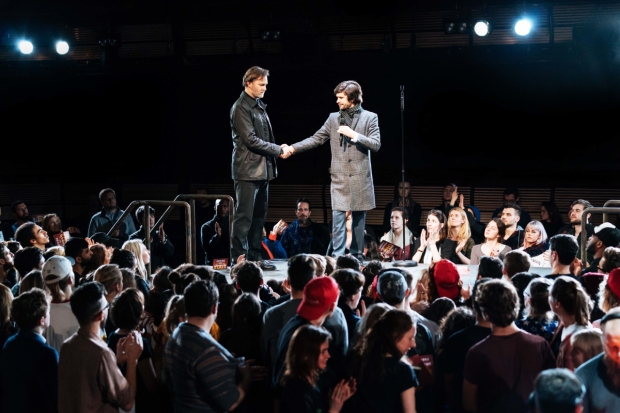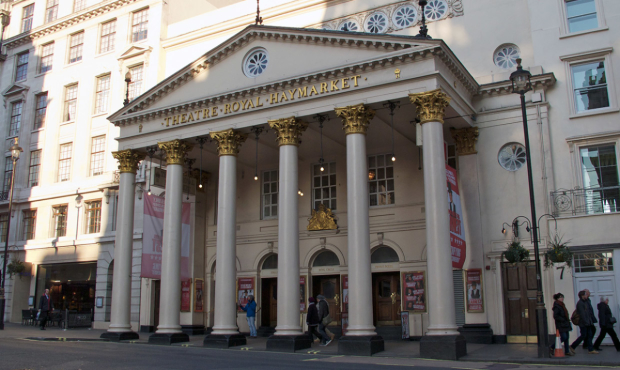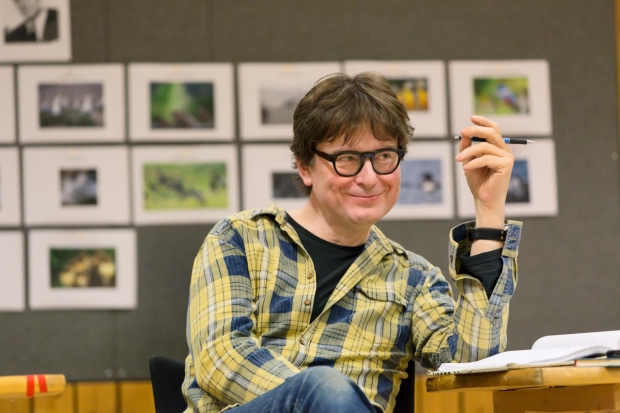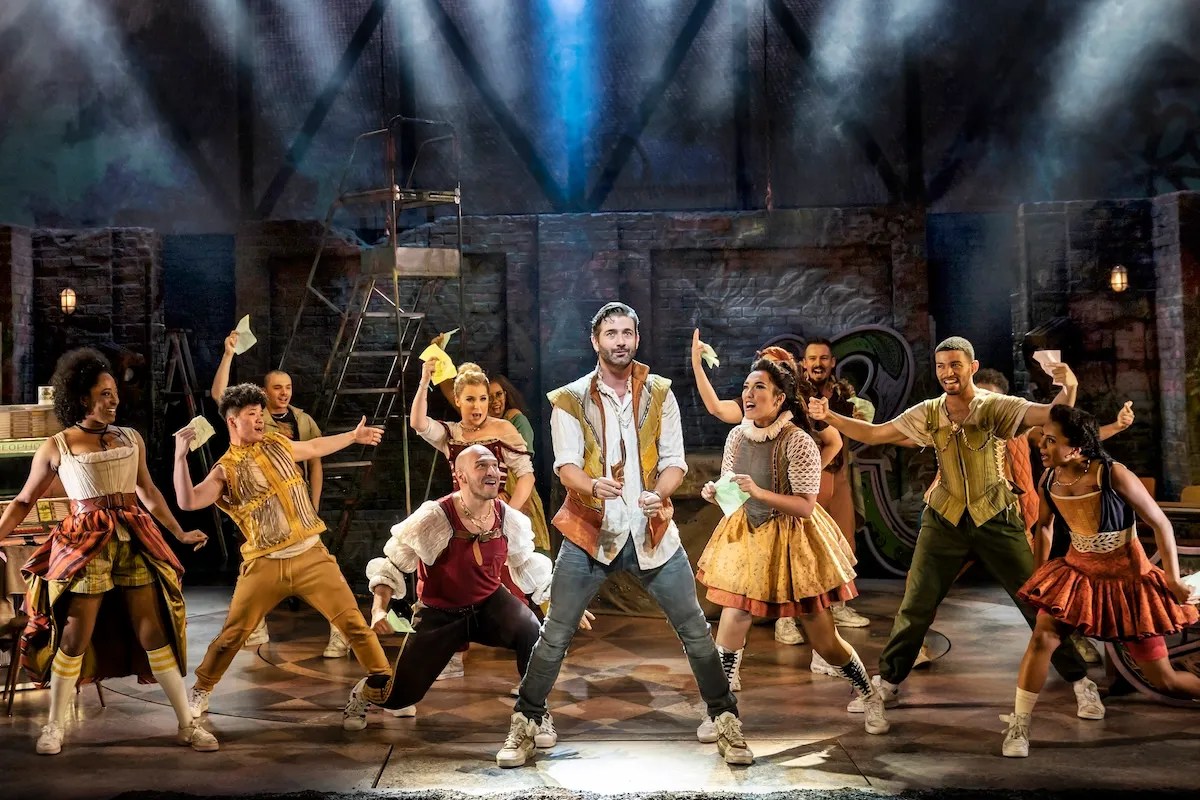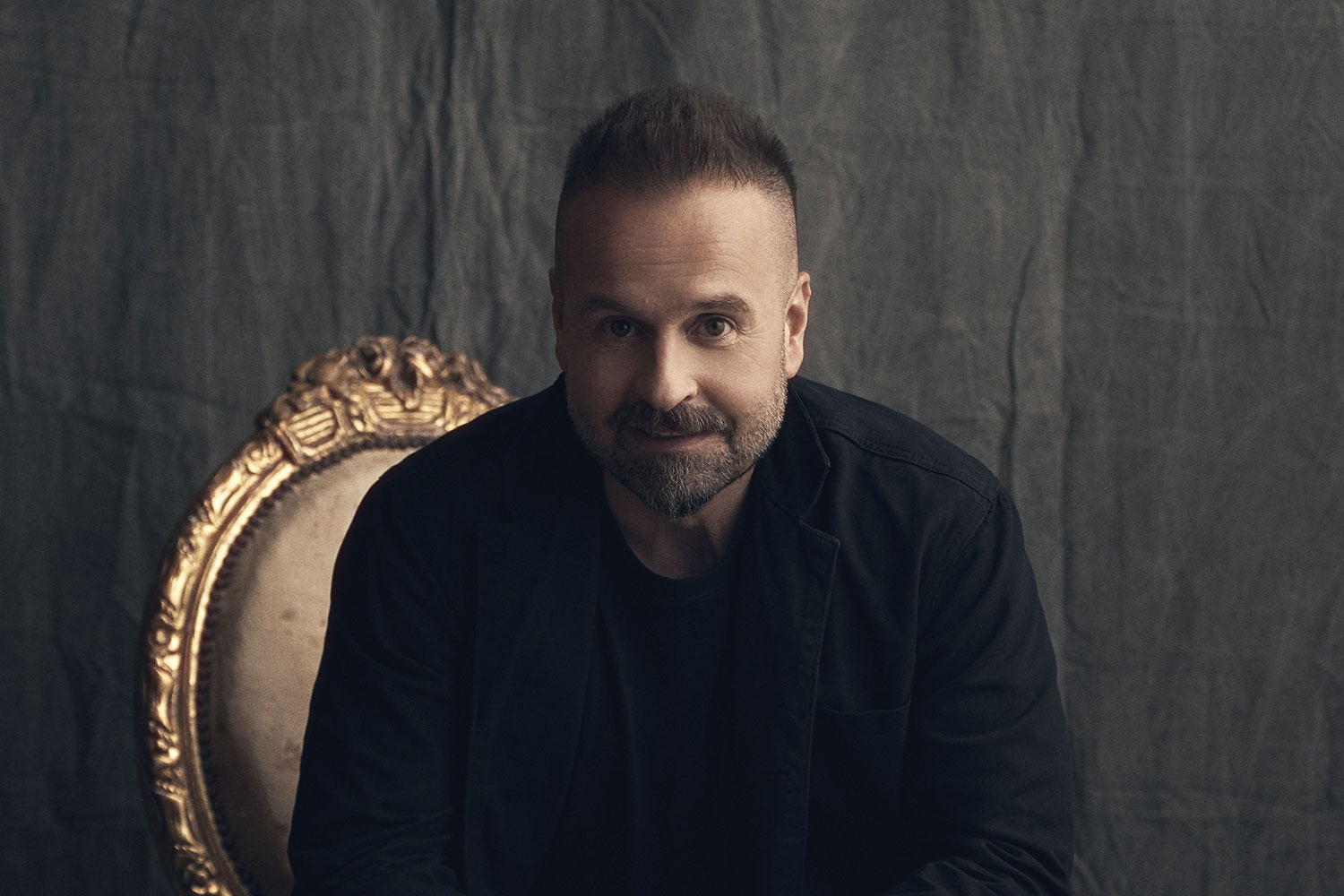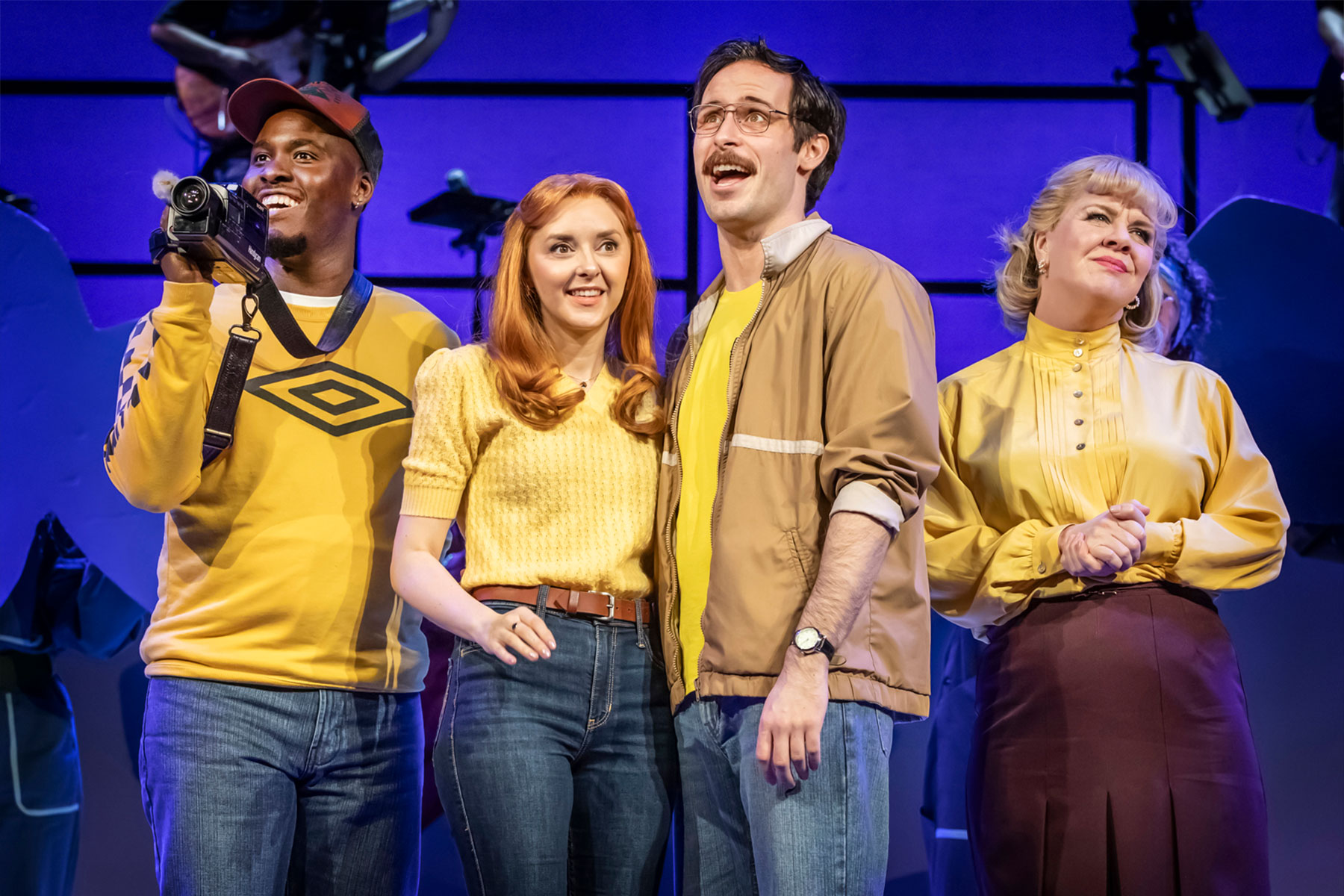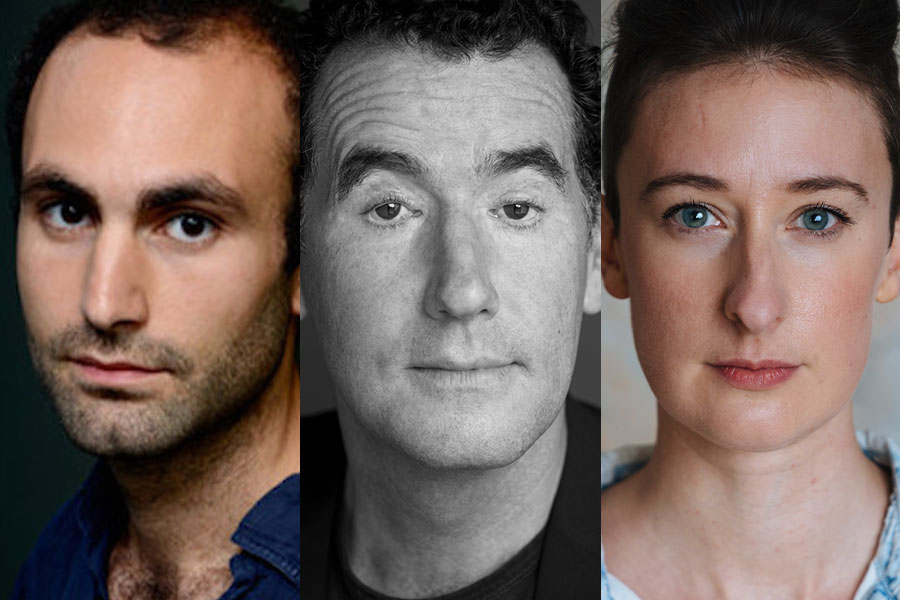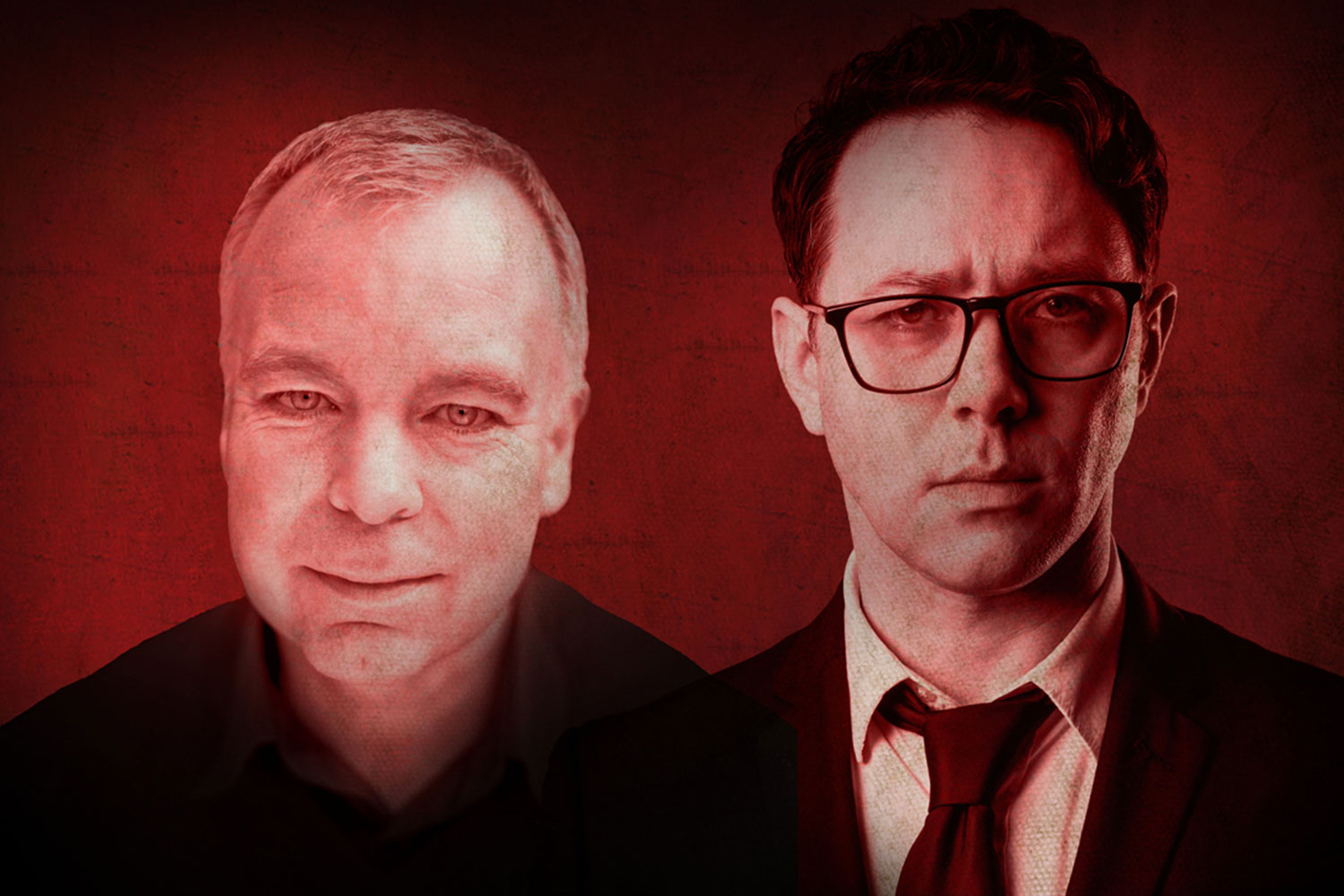Why the Bridge's Julius Caesar puts the audience centre stage

© Manuel Harlan
Julius Caesar is the second show in the new Bridge Theatre which, although it doesn’t necessarily look like it, is a hugely adaptable theatre space. The configuration we have it in is really different to how it was for the first show there, Young Marx, which was end on. With Julius Caesar we’ve taken the seats out from the stalls and built the floor up to match the height of the stage. Surrounding the middle there are seats on three levels and in the open space in the centre the actors perform and audience members also stand and move around.
The decision to stage it in this immersive, promenade way came from talking with the director Nicholas Hytner and it fits with the dynamics of the piece: Julius Caesar has so much in it about the crowd. It also means the audience can get really close to the action and really involved with the storytelling and dynamics of the crowd. The audience are totally at liberty to move and you can clap and shout. Standing in the middle is where I tend to watch the show from.
If you choose to sit in a seat you do also get a great experience of the show. You sit and watch the audience watch the show, which is a key thing about being in the round. We are all in one room aware of each other and it all becomes a very shared experience.

© Manuel Harlan
The biggest issues with the designs have been about trying to make sure the piece flows. We really don’t want to hold up the story in order to bring on lots of stuff and take it away again. We have to be swift and agile. In the centre there are different levels of playing spaces which appear and disappear amongst the audience. You don’t need to put much on a stage for the audience to fill in the gaps: we are trying to create big shifts of location and a world of politics and civil war without having to lug stuff on and off. Most of the time we have been trying to take things away.
So far people have been really responsive to being asked to move around if we need to clear the area quickly. What’s interesting is that you almost have to give them permission to move back into the space. The response so far has been really good. It’s exciting for people to be in among a whole load of other people and right up close to Ben Whishaw, for example.

© Manuel Harlan
Our version is in modern dress. The thing about Julius Caesar is that it’s incredibly pertinent to now. It’s probably pertinent to every time, but the relevance of the political atmosphere at the moment is incredible. There are many lines that ring very true.
Our design essentially tests the muscularity of the adapted space. The Bridge could be configured end on, thrust, in the round and there are all sorts of other formats I can already imagine working with. It’s exciting for the actors – they are coming on in surprising places and really using the space – but it's also really exciting for a designer.
Julius Caesar runs at the Bridge Theatre from 30 January to 15 April, with previews from now.



